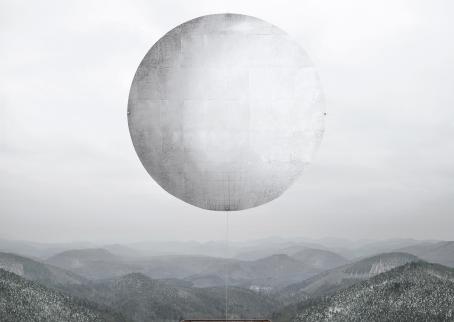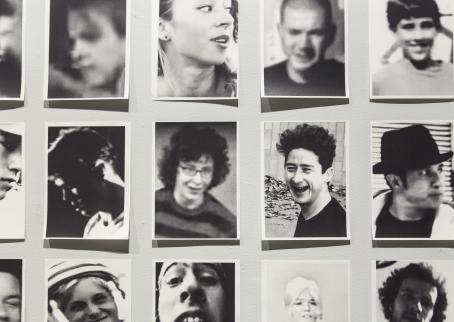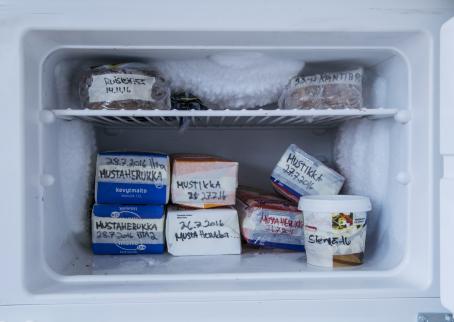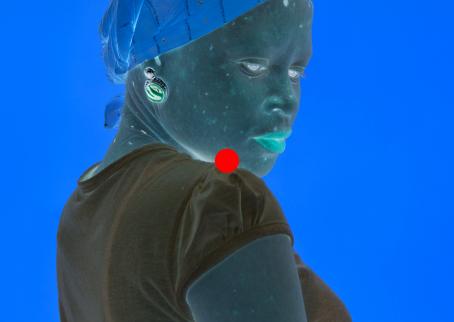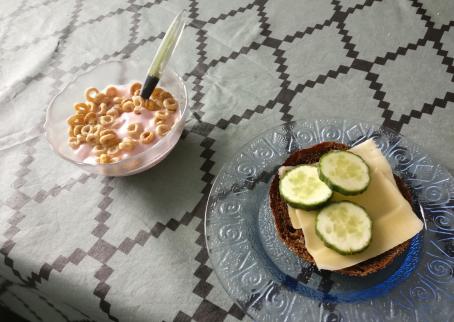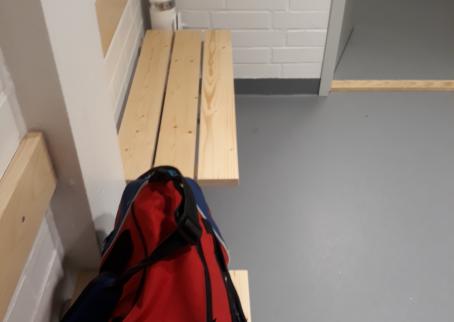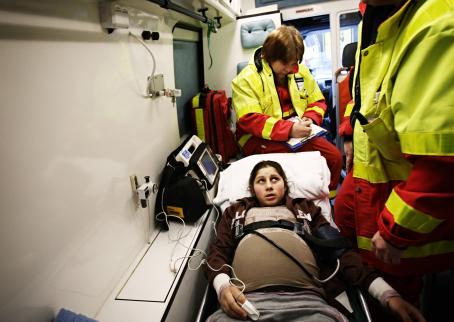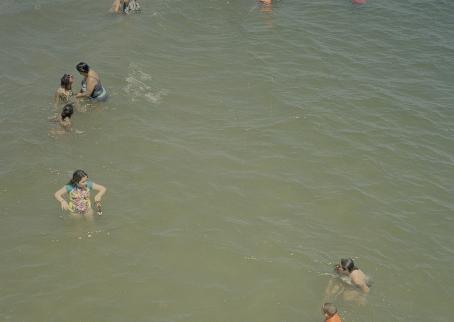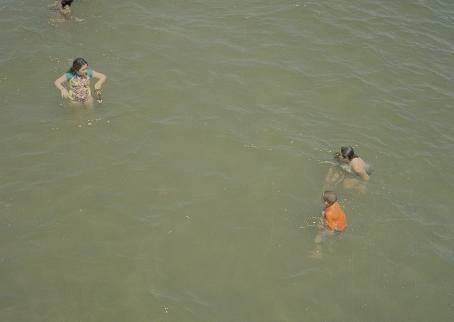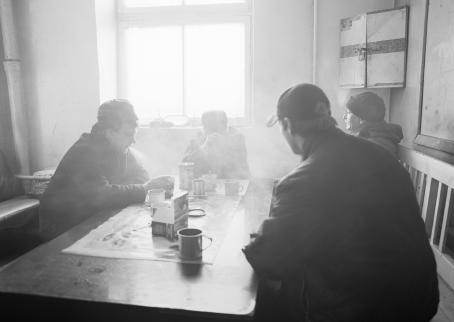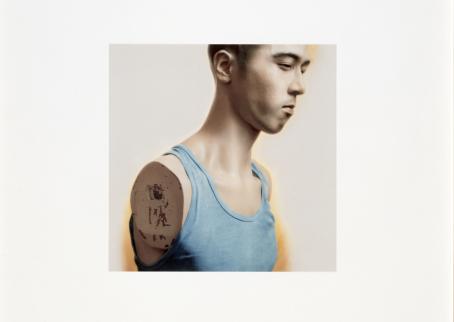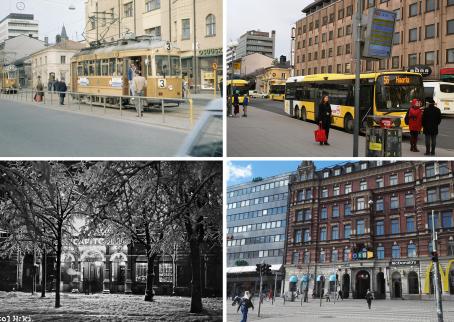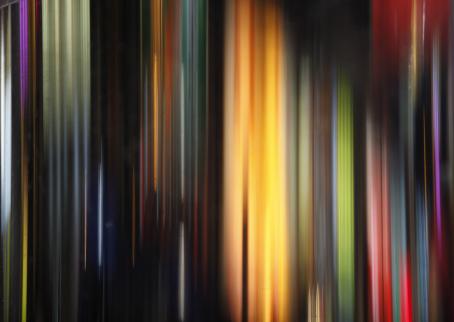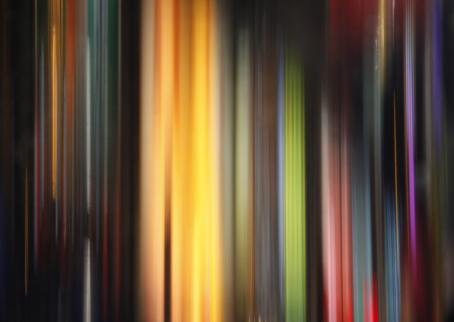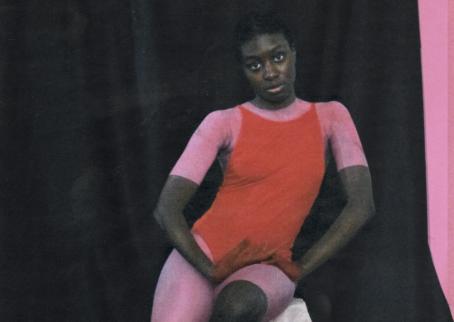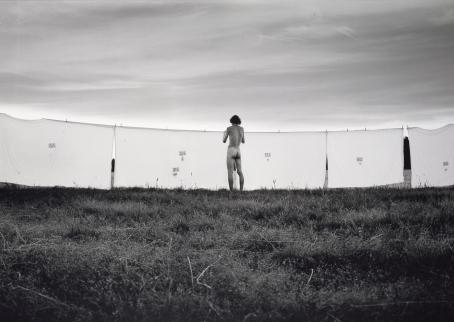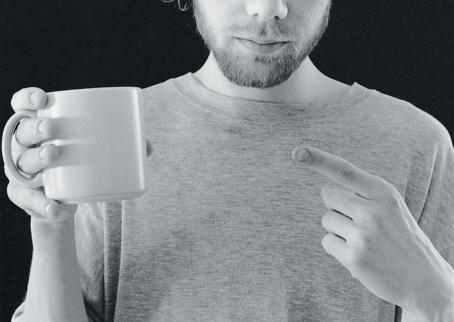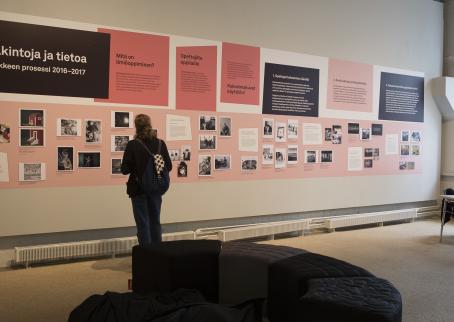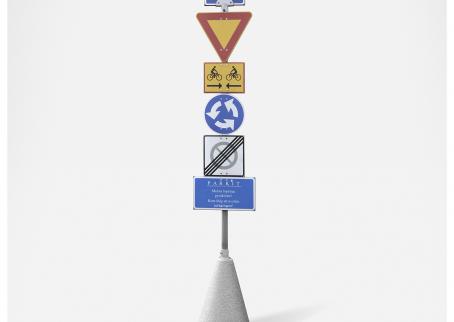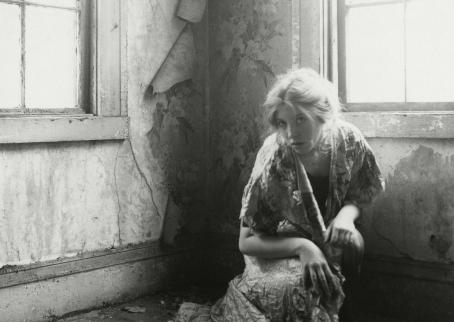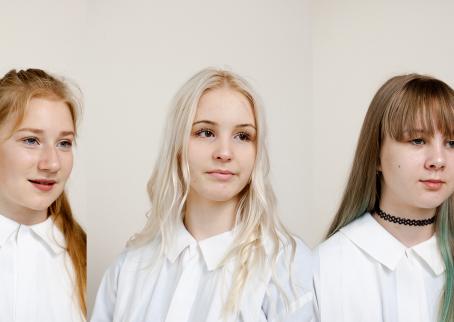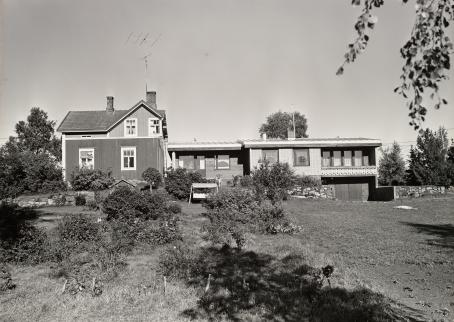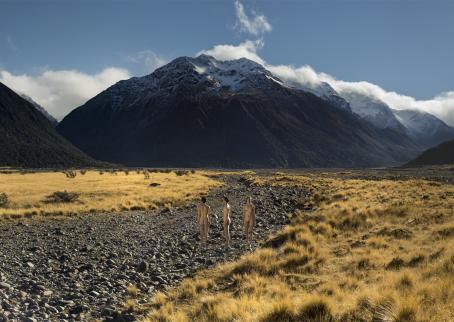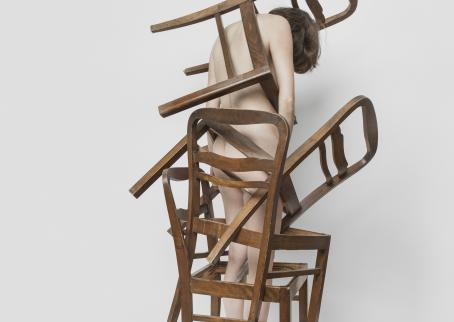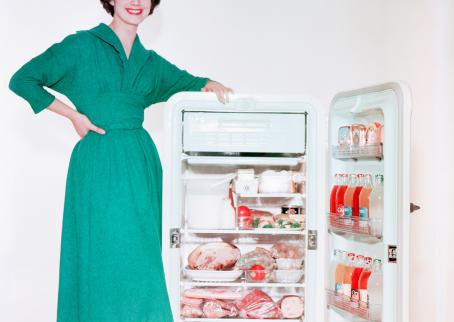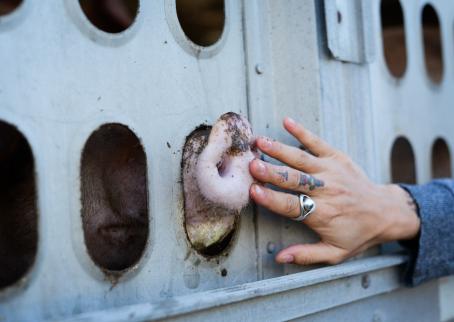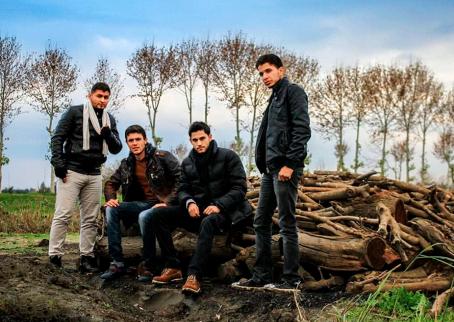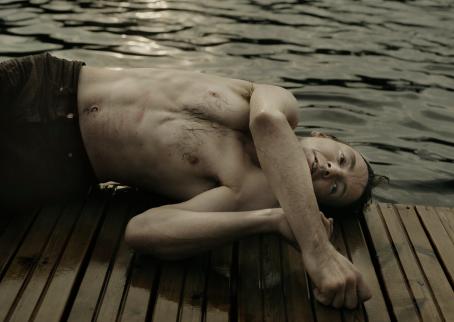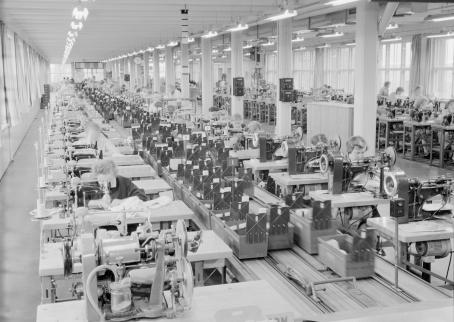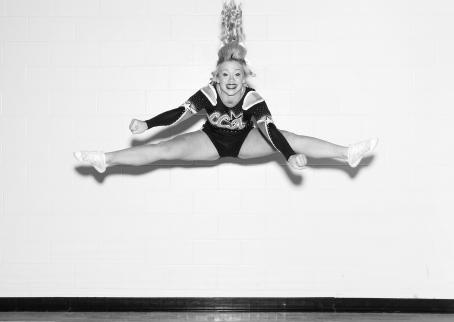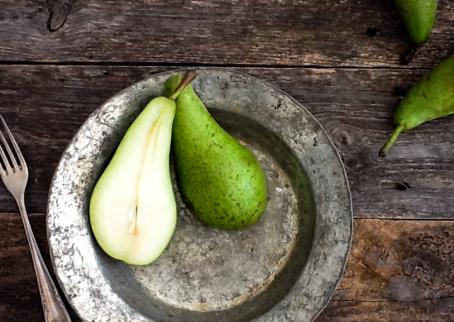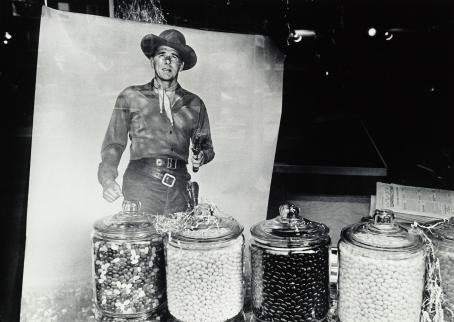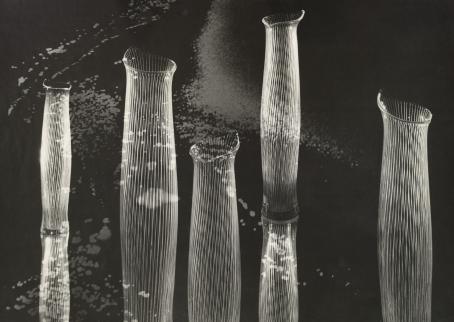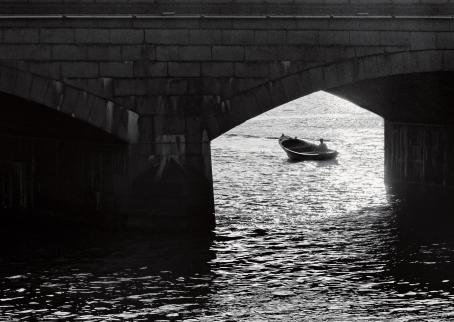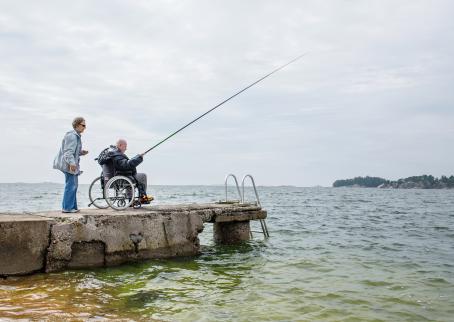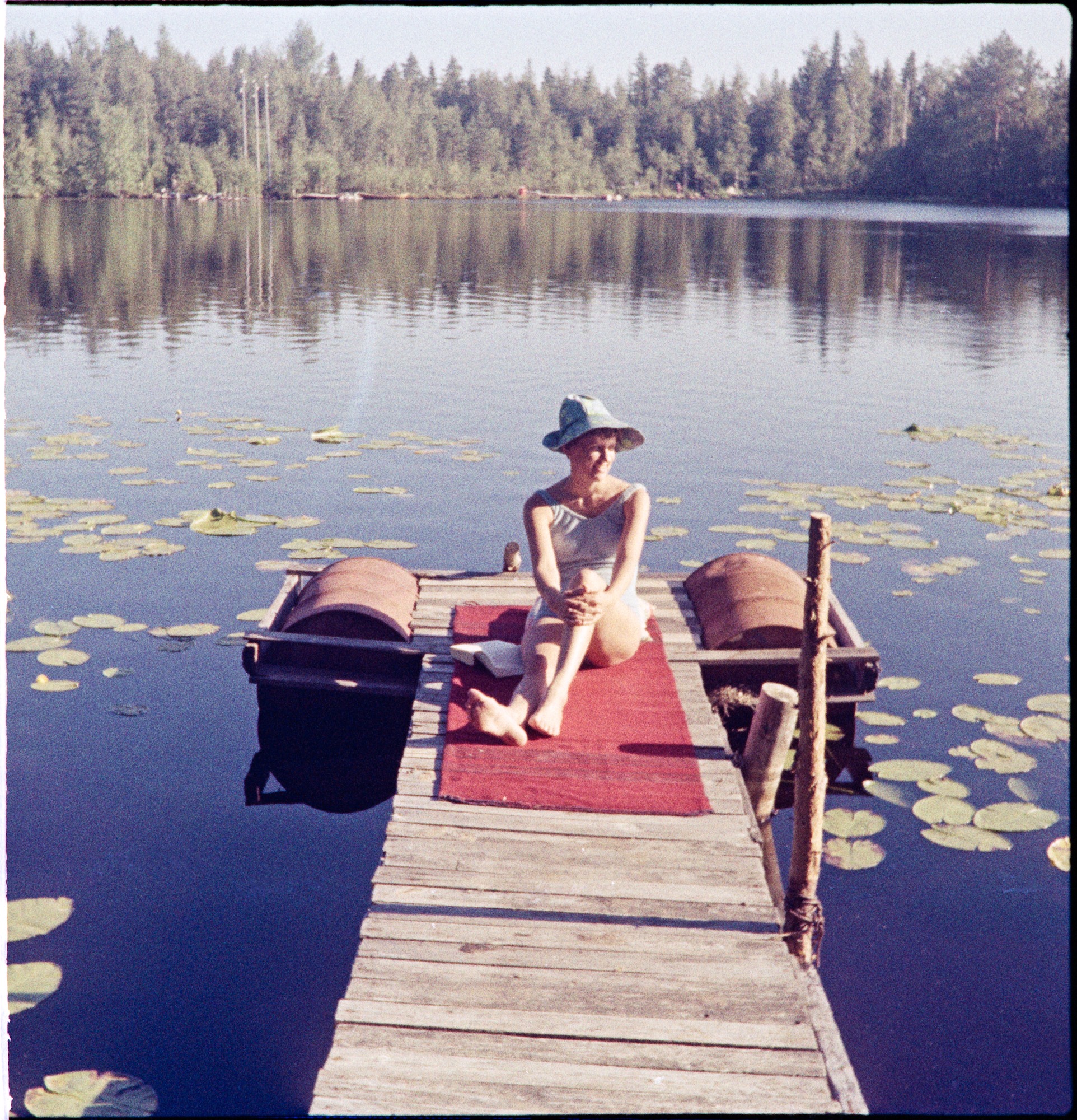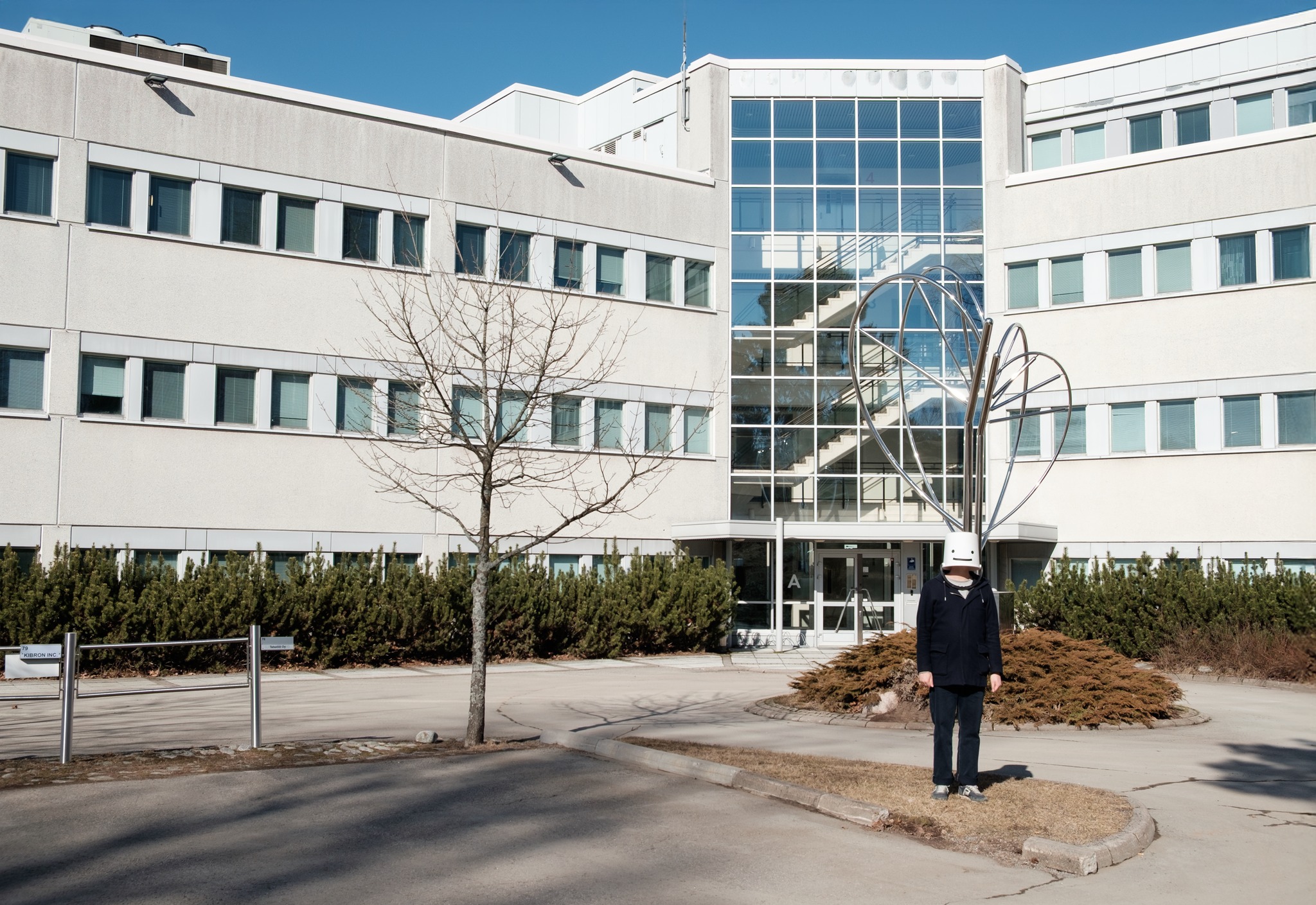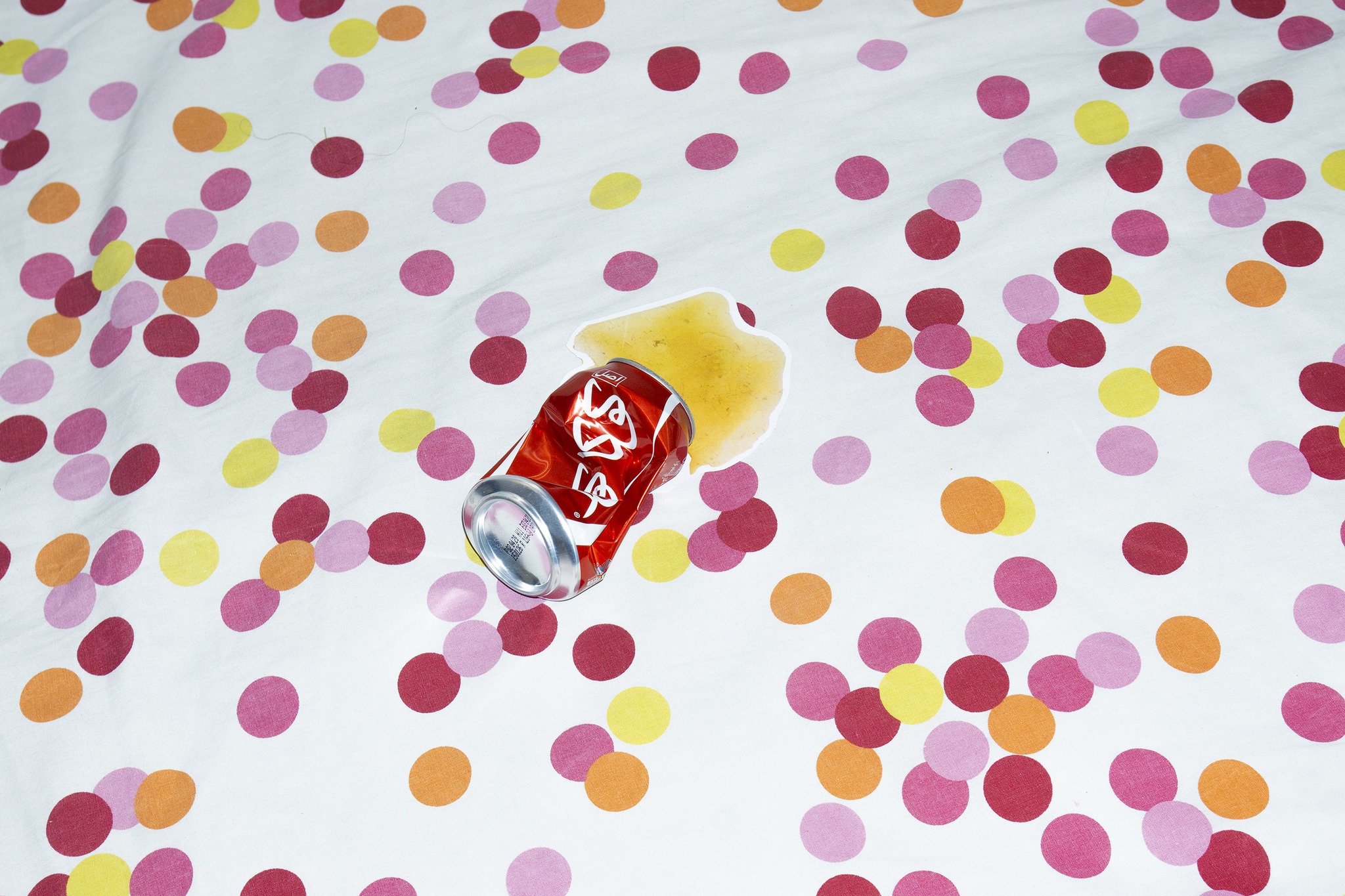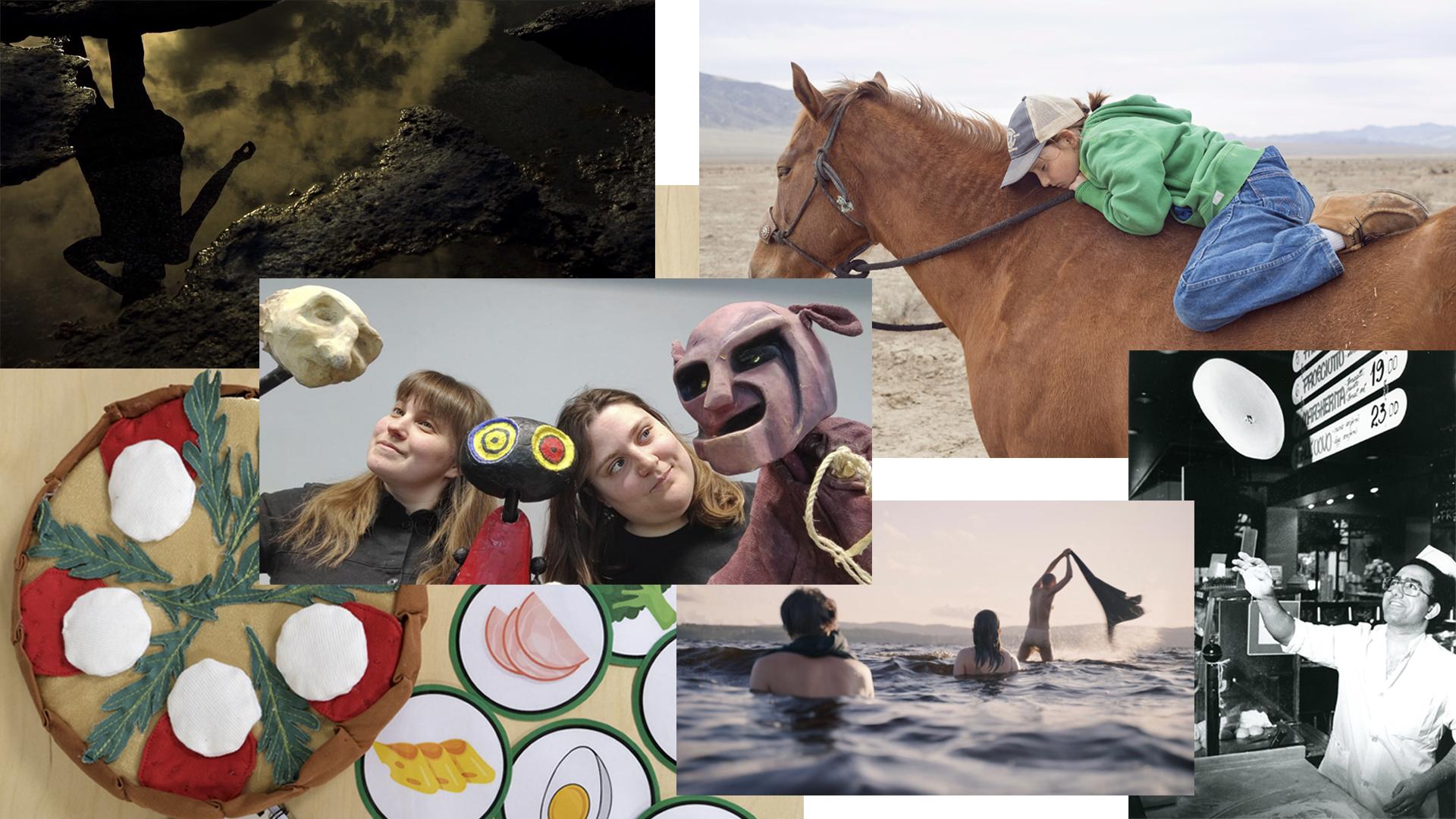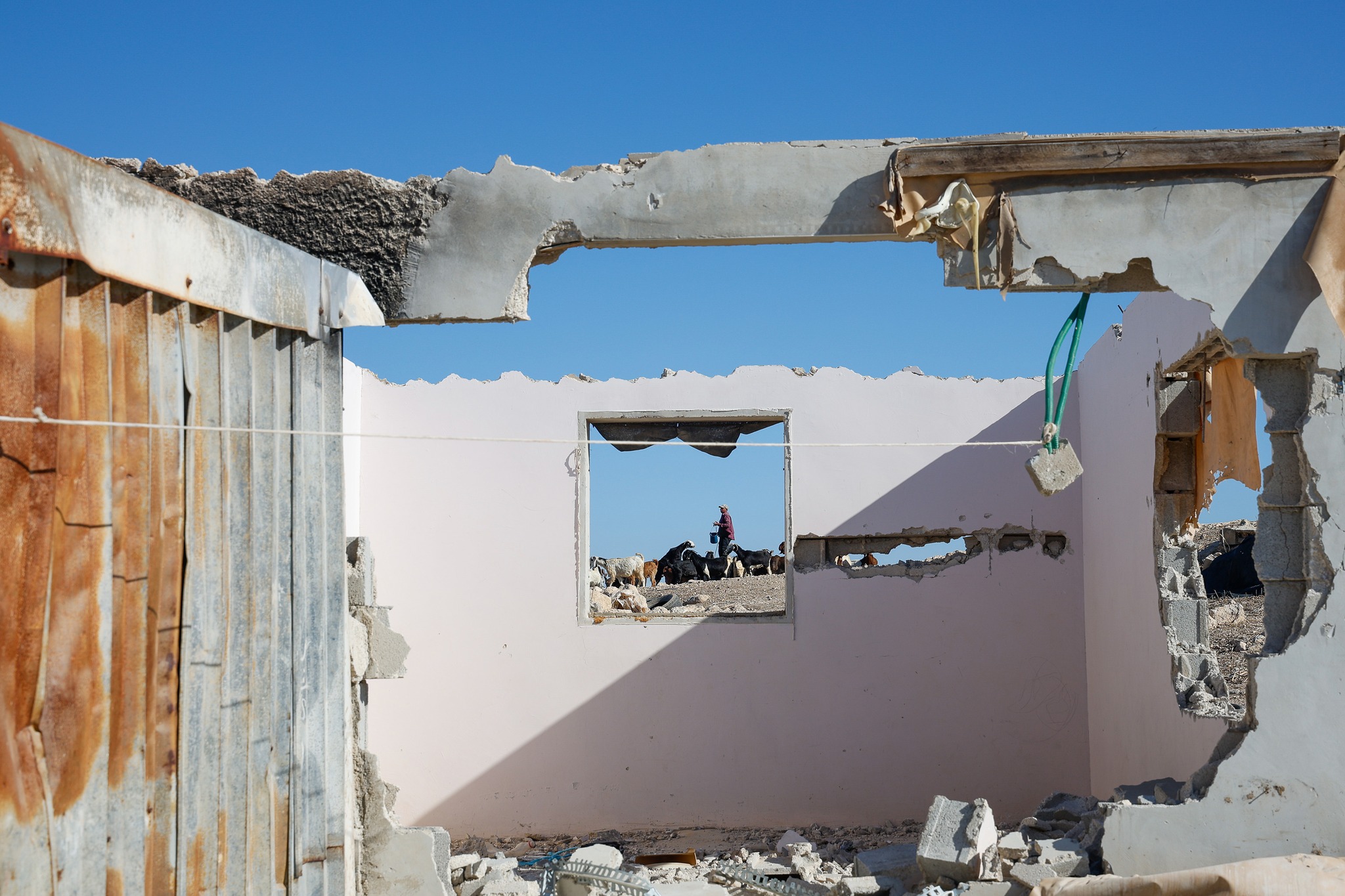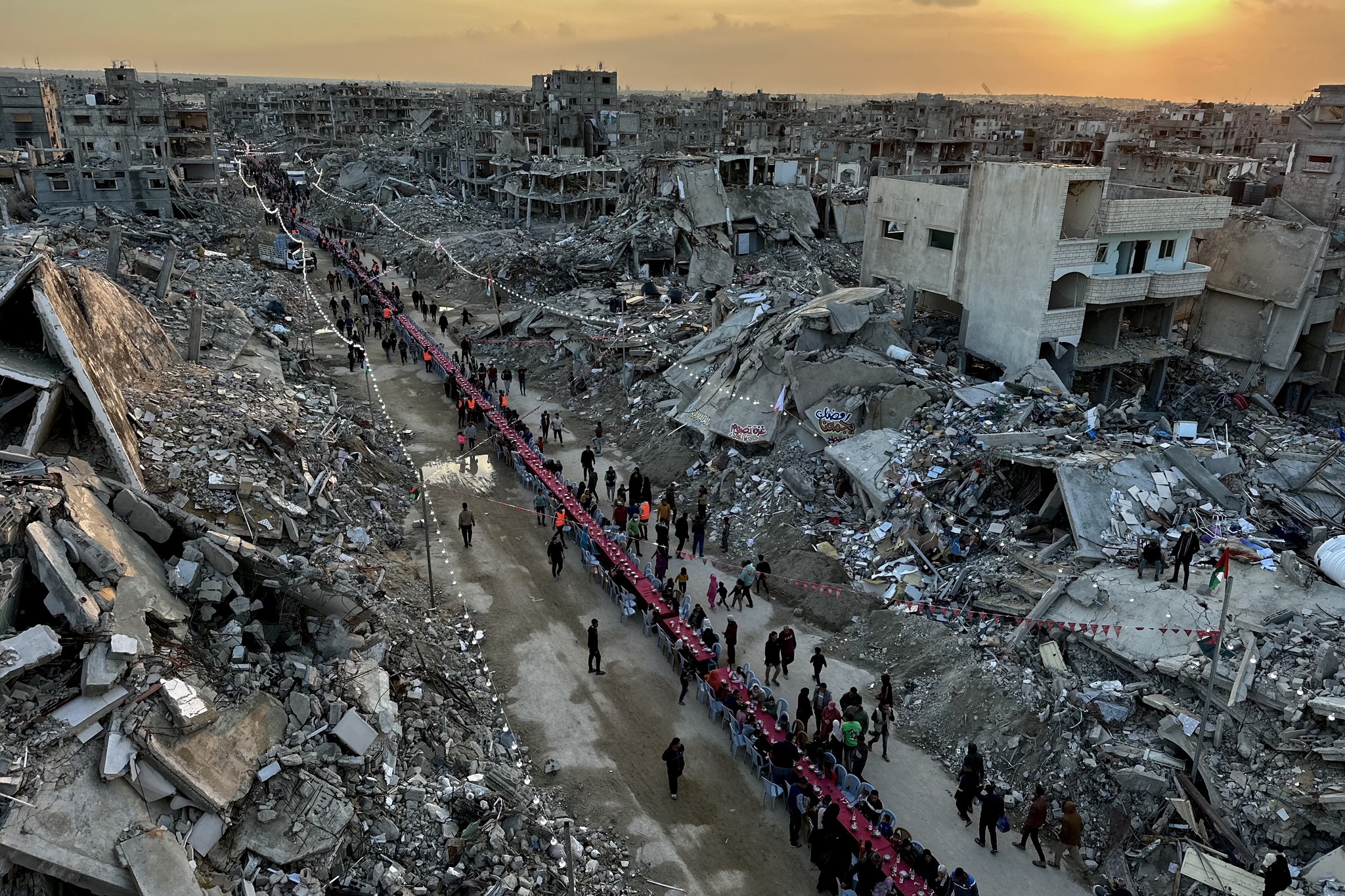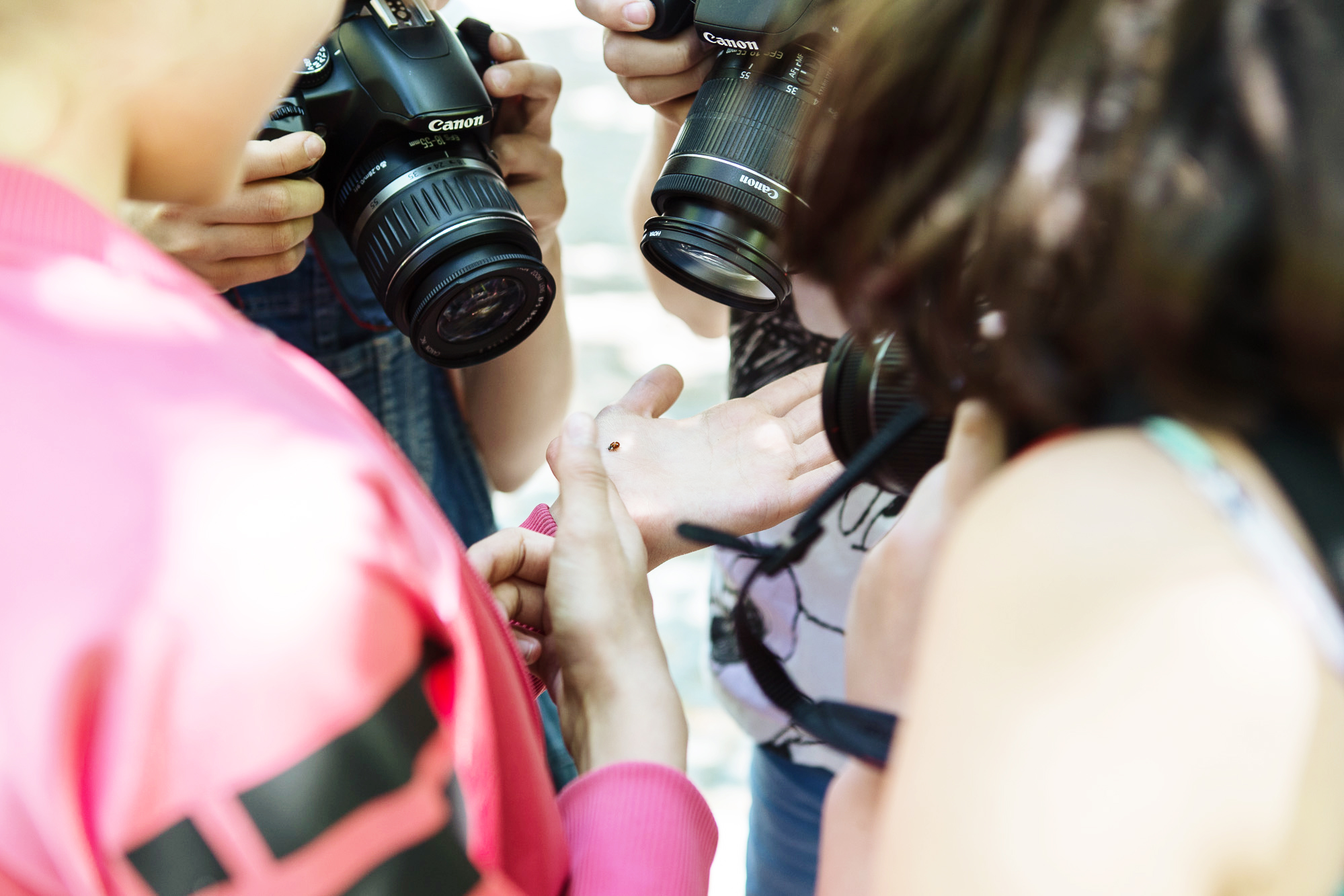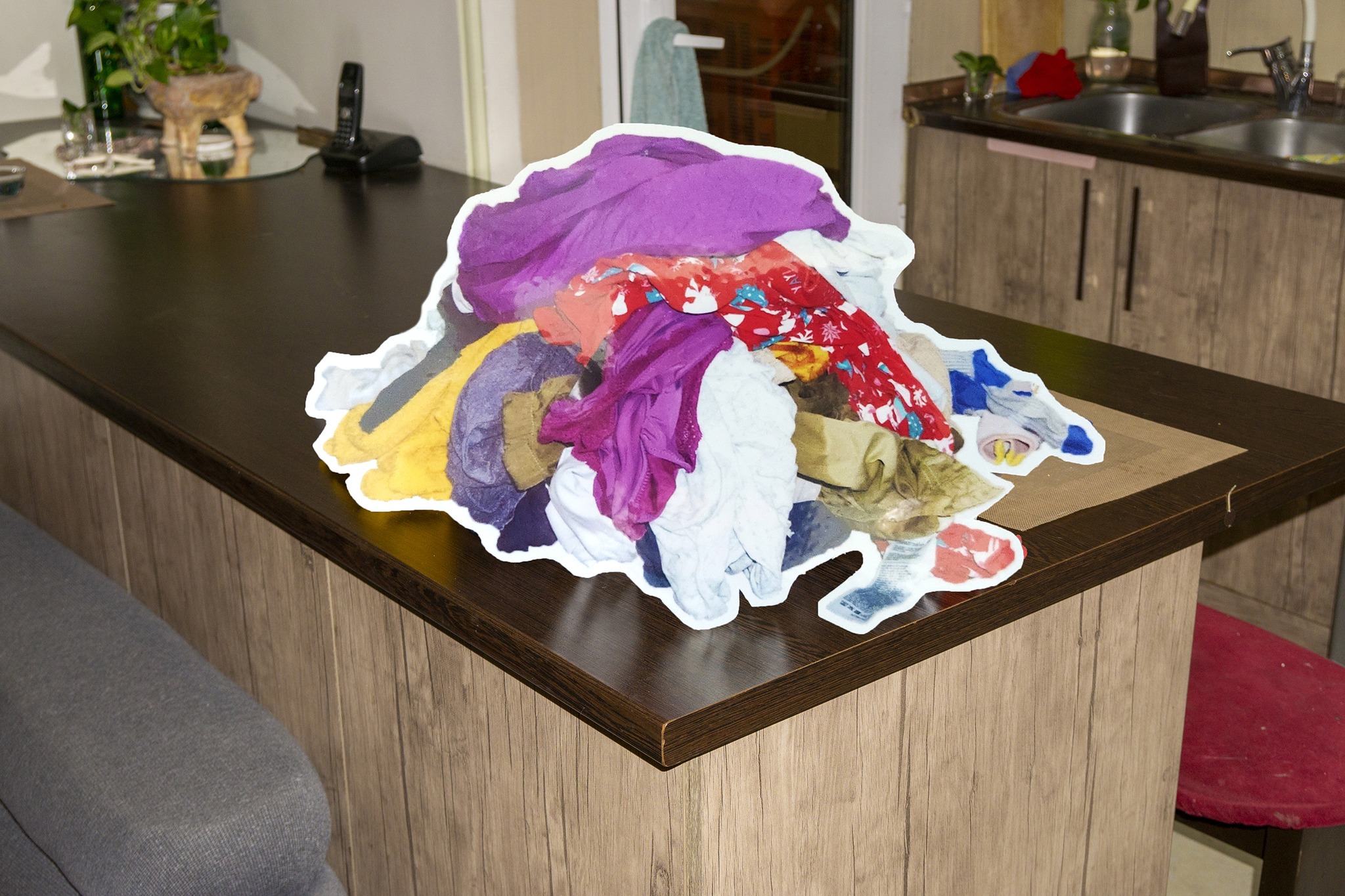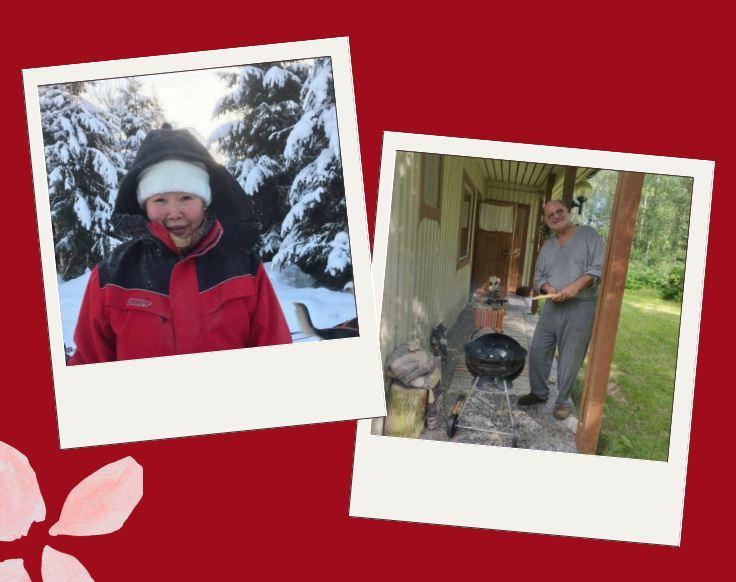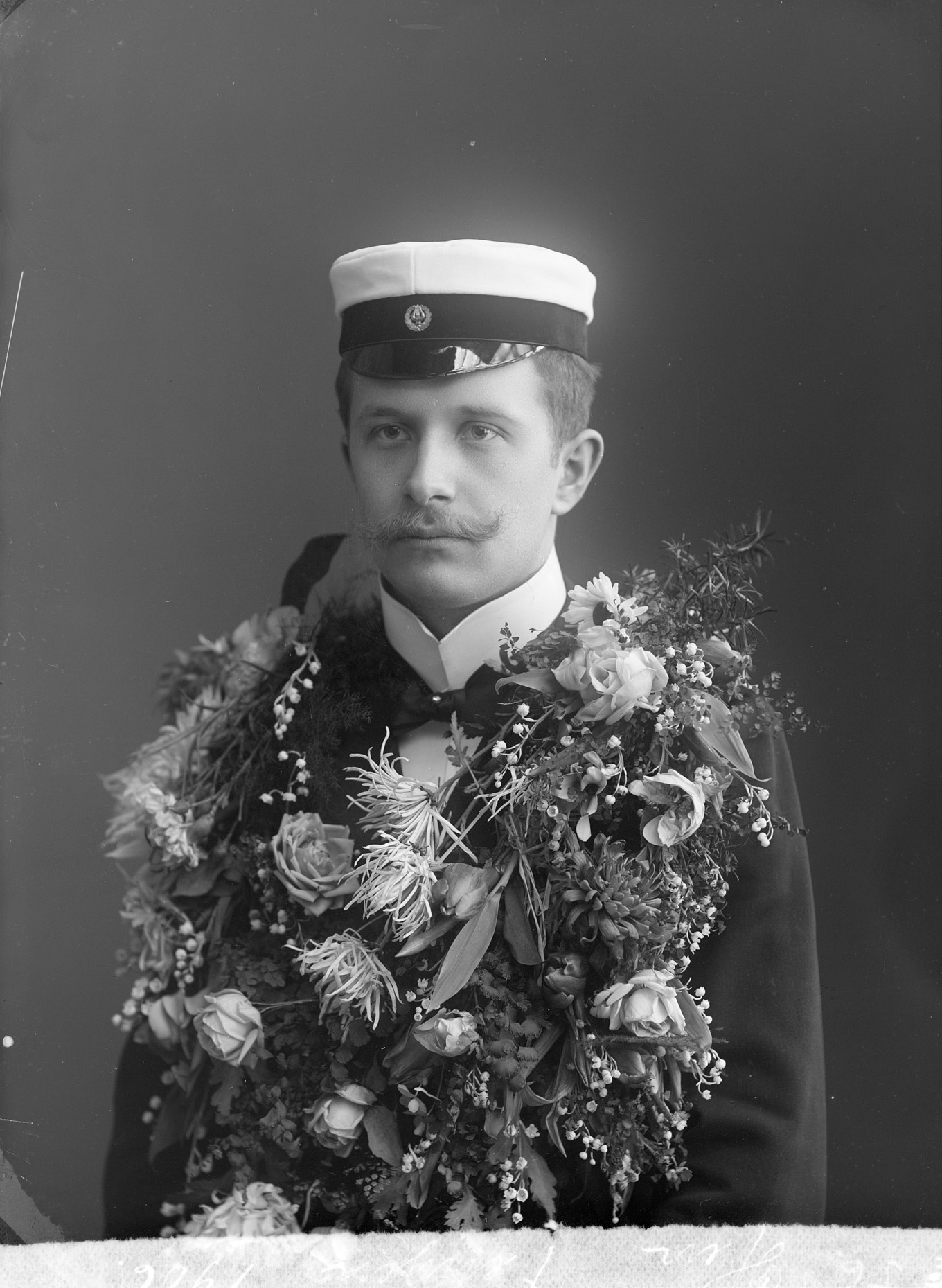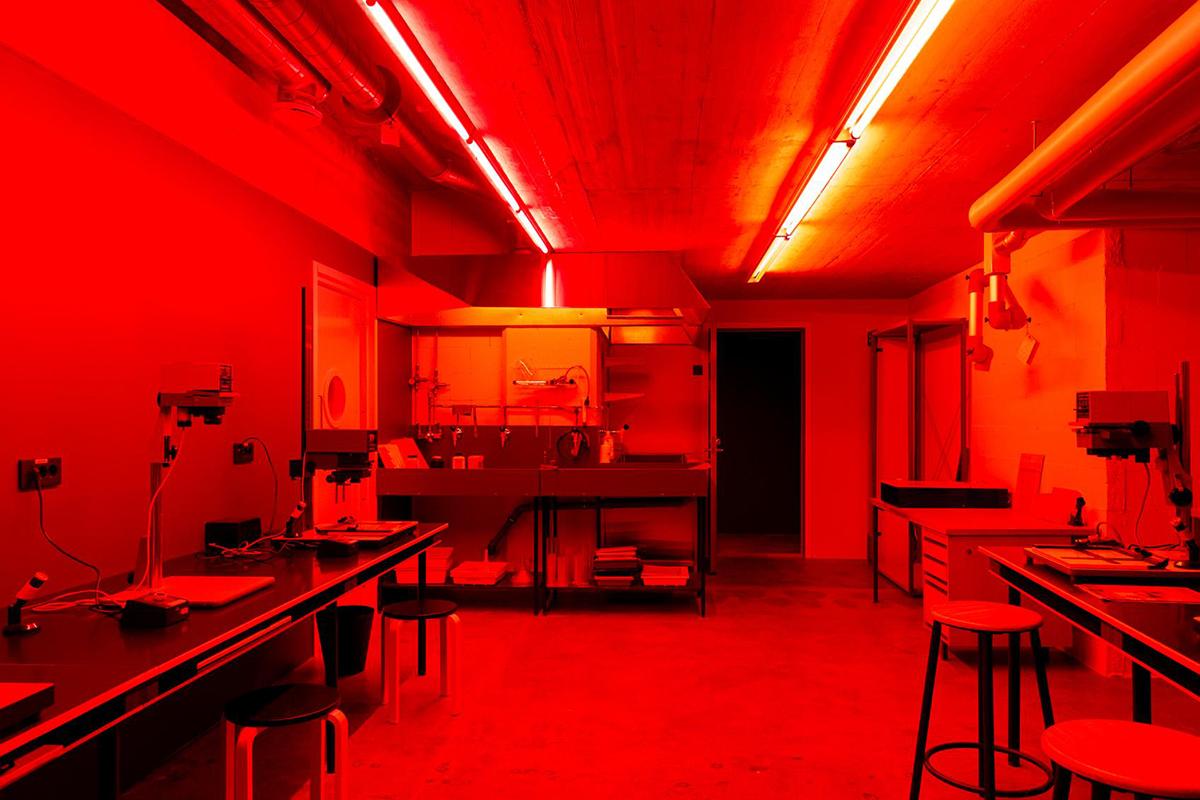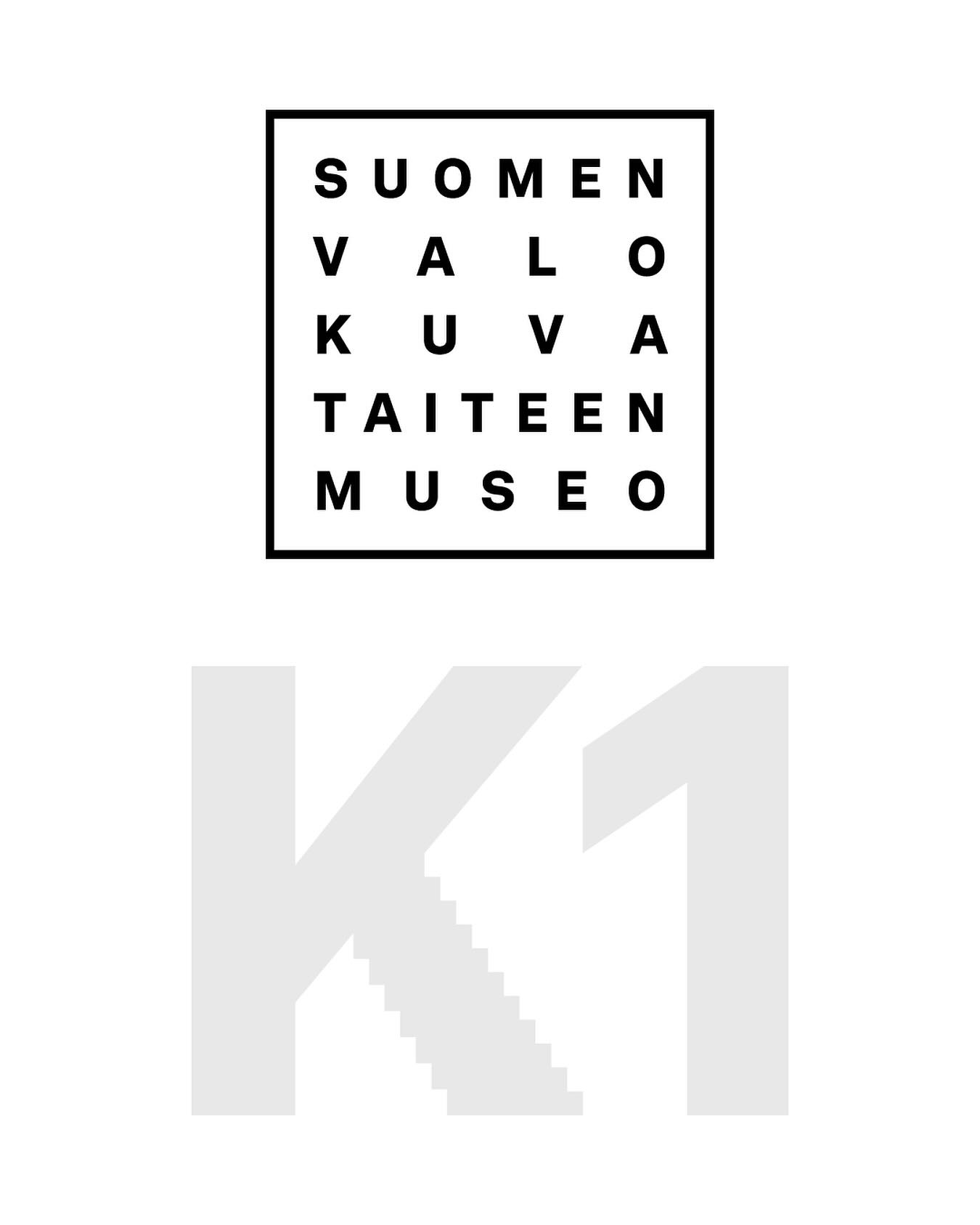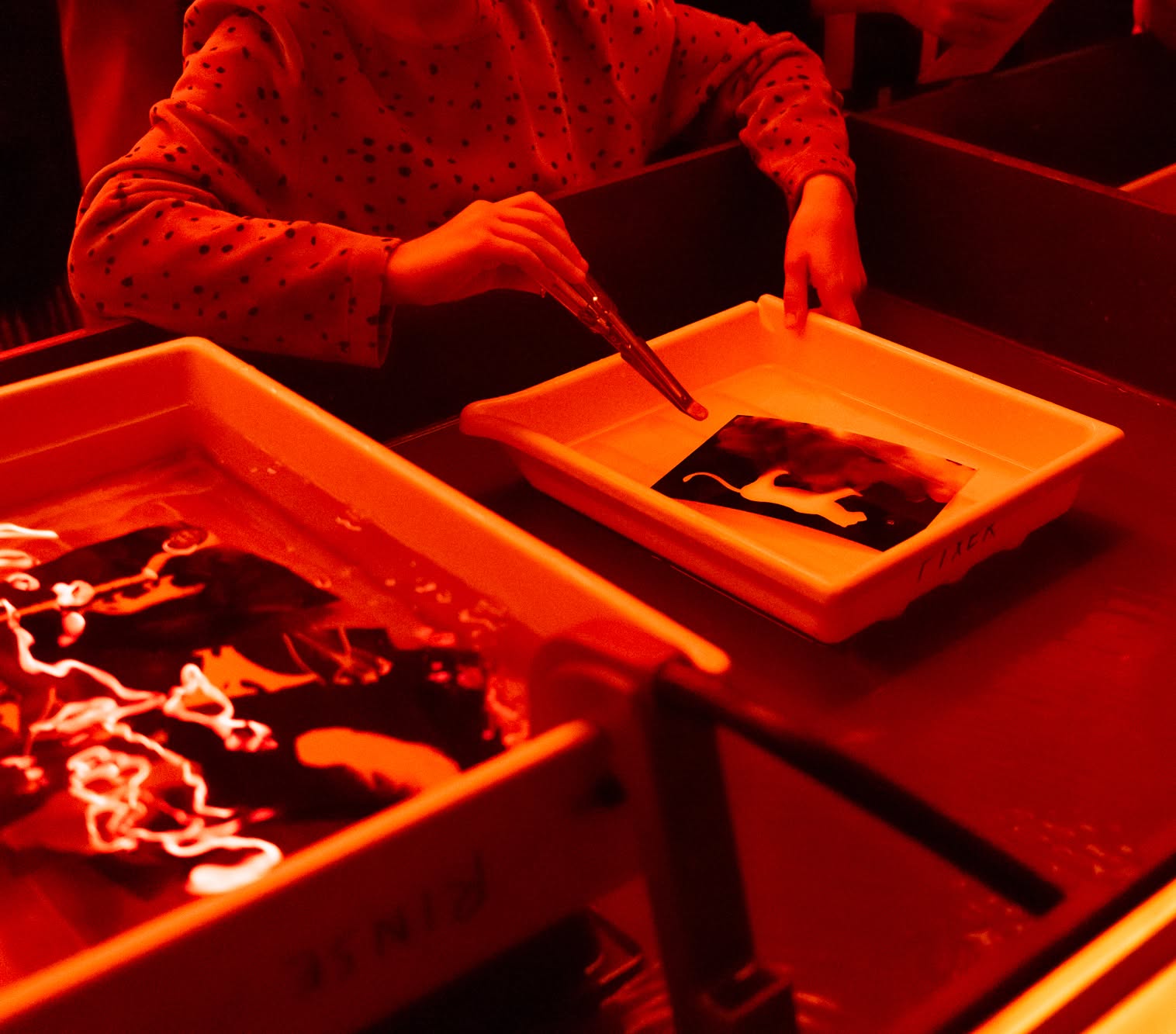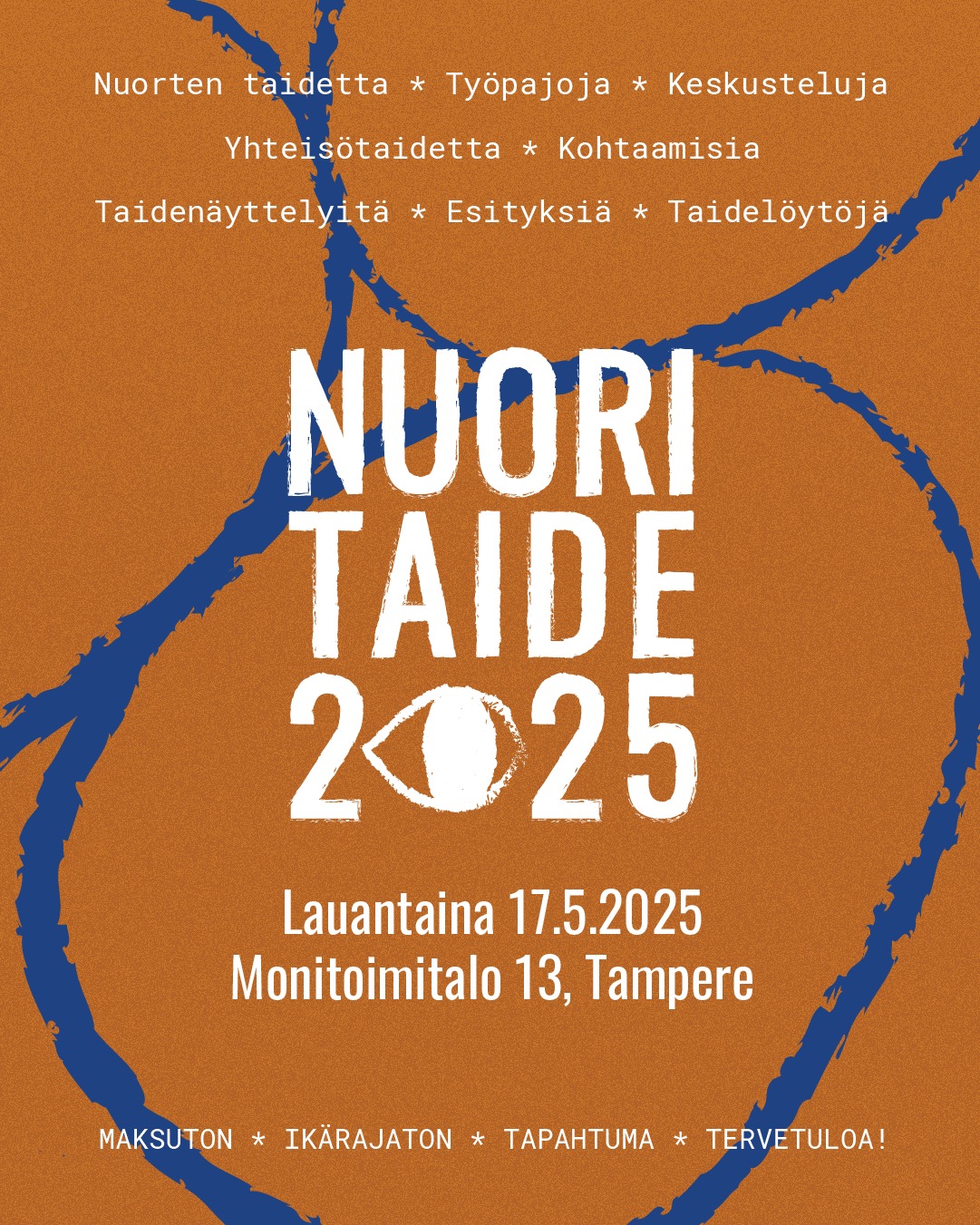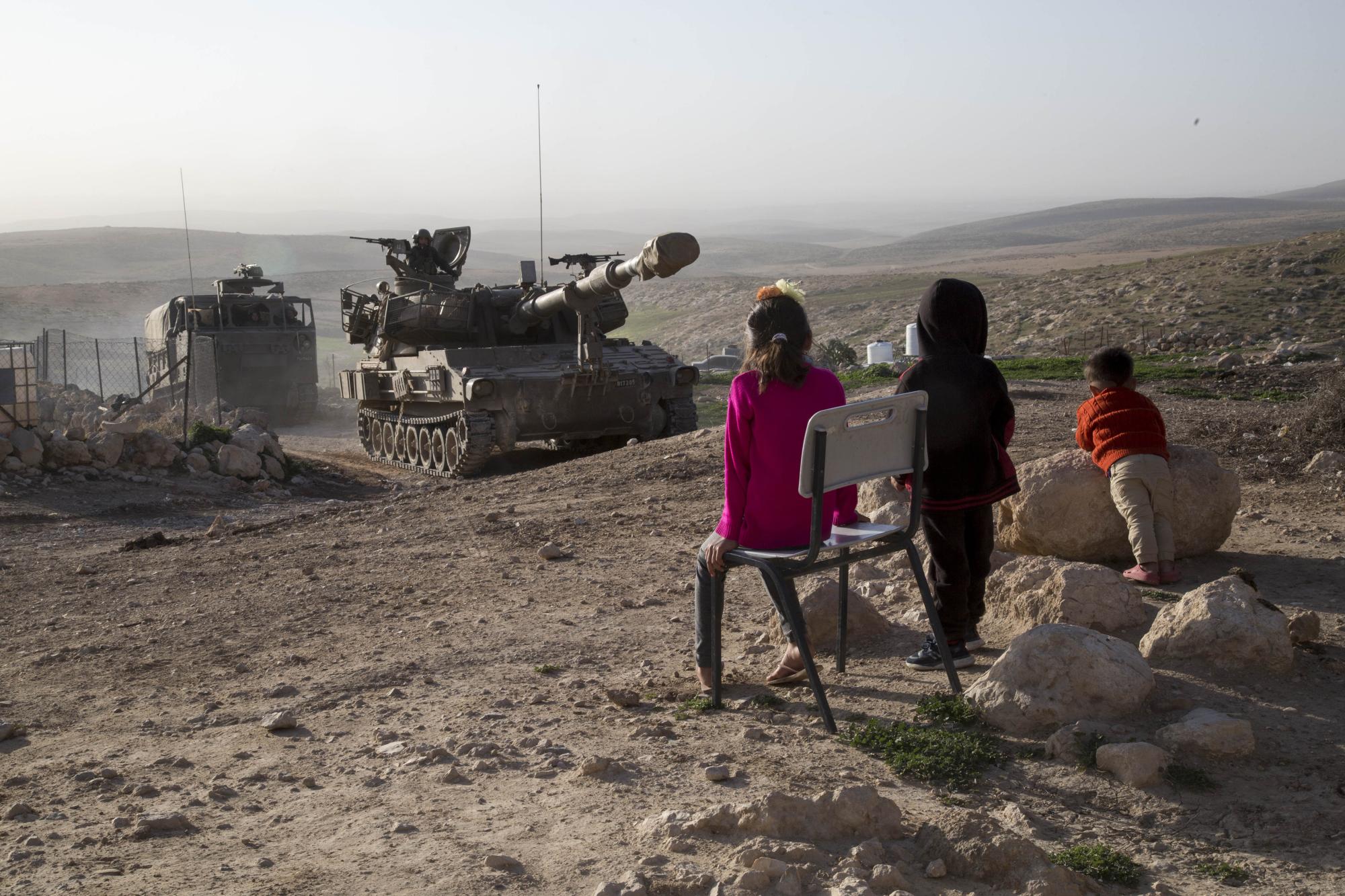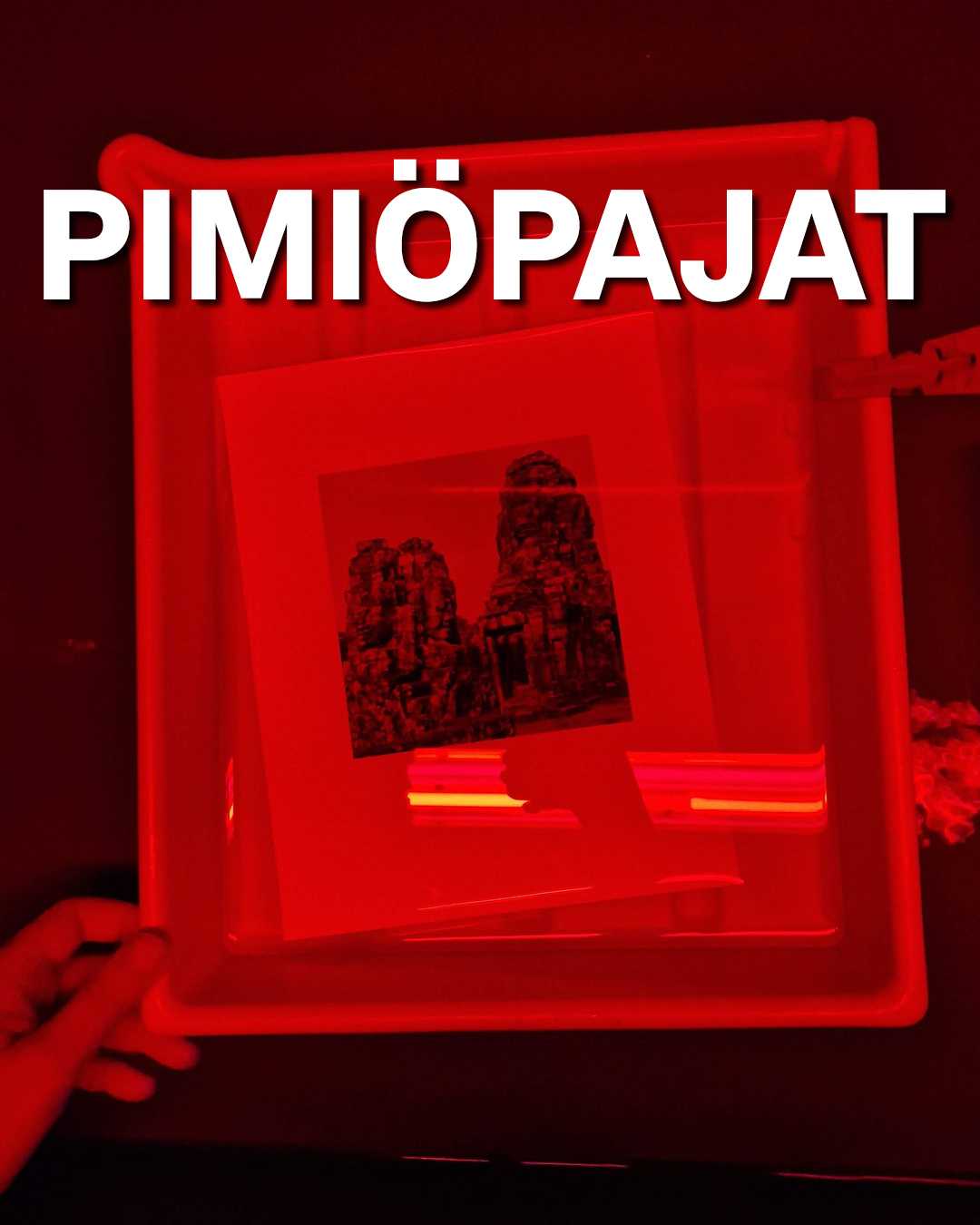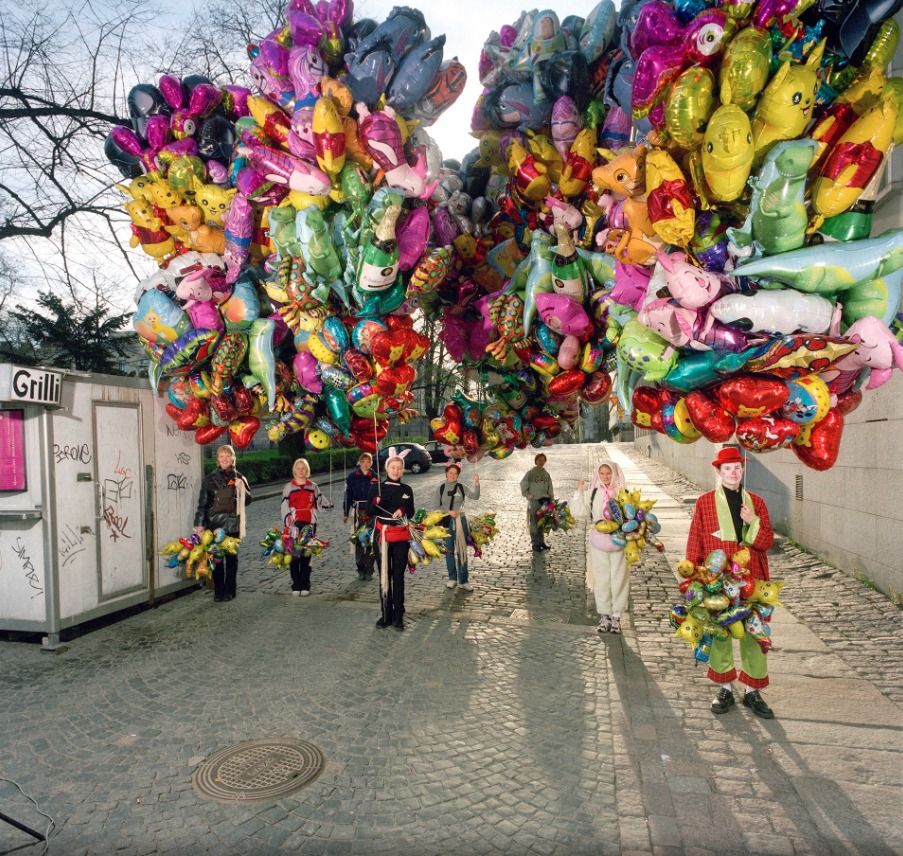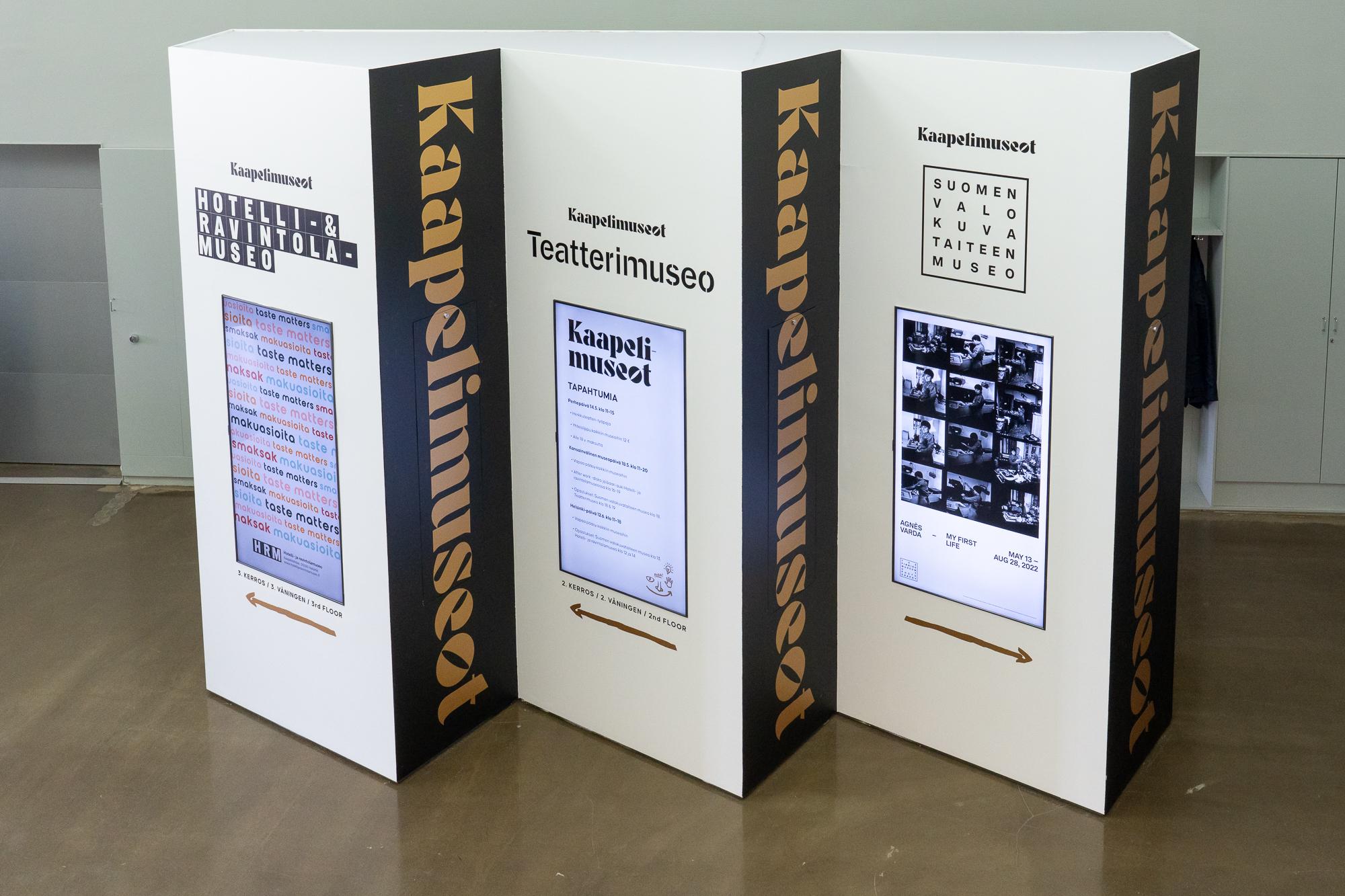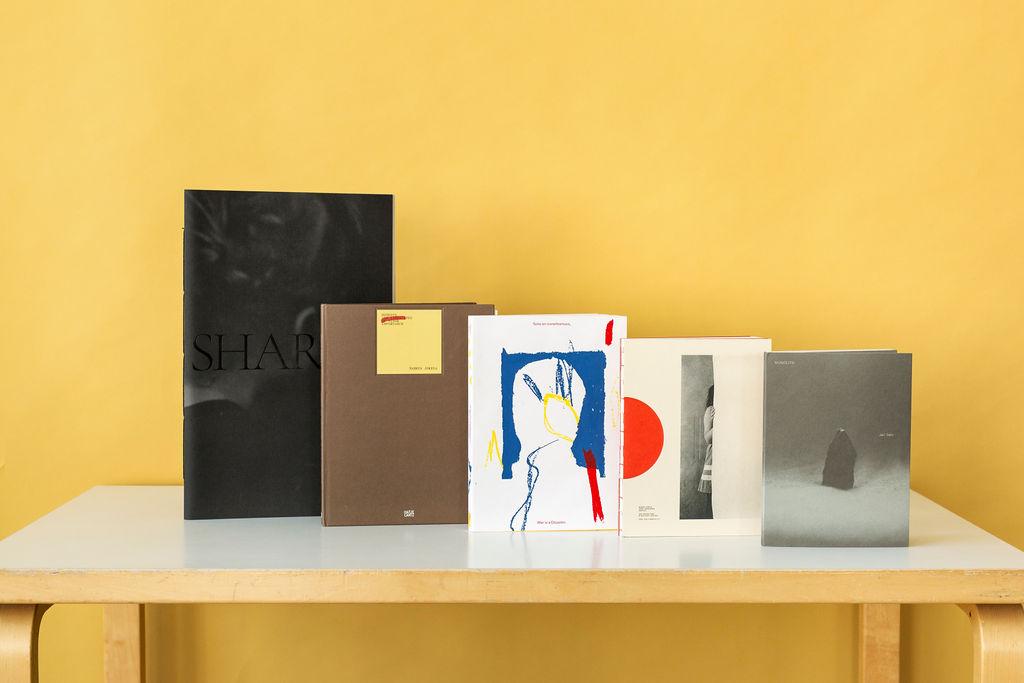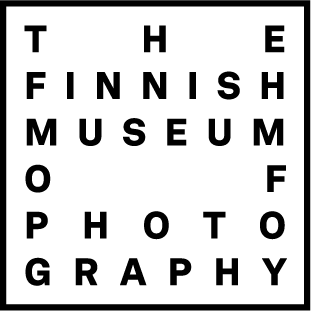2018
The works by the French artist Noémie Goudal (born 1984) play tricks on perception and make the viewer doubt their own senses. Where are the boundaries between the imagined, the natural and the human-made?
2018
In his art, Ian Waelder examines skateboard and youth culture and their forms of reproducibility through film, photography or sound. In this exhibition, none of the images on view are originally taken by Waelder, but are reframings and edits of images taken from films, magazines and books that are influential in the skateboarding culture.
2018
What does your everyday life feel like: the morning rush-hour or a sleep-in in the morning, lunch at the canteen or a quickly grabbed ready meal from the shop? In 2016, ten photographers documented everyday Finnish life, each from their own personal point of view. The starting point was to comment on the increasing inequality in Finnish society. People may find some of the stories captured in the images easy to relate to, while others may be more remote.
2018
In Miia Autio's works, portraits of Tanzanian youths have been converted into negatives, in which the original colours become their opposites. Bright spots appear as shadows, and dark spots as light. Three works of the series are on view at the museum's collection corner Kuvakulma.
2018
Everyday life is repetitive; it does not go away. It's there again tomorrow, not going anywhere. Everyday life is often grey and dull. Everyday life is just everyday life. It’s the alarm clock ringing. It’s running to catch the bus; it’s homework, friends, playing games... It’s everything you want it to be. The exhibition by our museum's friendship class in Vuoniitty Comprehensive School examines the everyday life of a 7th-grader. The exhibition is on view at museum's Process Space.
2018
For 10 years, photographer Heidi Piiroinen and journalist, author Kimmo Oksanen have been following the life of Romanian Mihaela Stoica and her family and siblings in Finland, Romania, Greece, Estonia and France. Through the personal story of Mihaela, the exhibition deals with larger societal issues and the phenomenon of Romanian people leaving their homes and becoming street beggars in Western Europe.
2018
Photofuss, the youth group of The Finnish Museum of Photography, presents photographic material from a holiday spent in everyday life. The exhibition is on view at the museum's Process Space.
2018
Bright Hours refers to something past – an uncertain place that does not exist, something fragile and indefinite. The project is based on Karl Henrik Edlund's journeys to the Arctic North and northwest Russia in 2008–2013. The series also contains photographs from Edlund's everyday life in Saint Petersburg and the Åland islands.
2017–2018
The photographic artist Andrei Lajunen (1969–1999) considered the philosopher Ludwig Wittgenstein's works On Certainty and Remarks on Colour to be some of the most important influences behind his artistic thinking and practice. The set of works, on view at our museum's collection corner Kuvakulma, was created during Lajunen's first years of study at the University of Art and Design Helsinki. NB! Exhibition closed Wed, Jan 24 – Sun, Jan 28.
2017–2018
A communal photo exhibition asks how Finland has changed during its independence. The contrasting old and new photographs taken in the same location have been collected from hundreds of Finnish people who took part in the Time Travellers photo campaign.
2017–2018
The exhibition celebrates the hundred-year history of photographic abstraction. With over 100 works, the exhibition presents a large number of Finnish artists from different periods, as well as the famous international early abstractionists László Moholy-Nagy, Man Ray, and August Strindberg.
2017–2018
The exhibition Rose by Sofia Okkonen is a photographic foreplay and profile of a woman. It presents a woman isolated in a studio, posing for a camera. The model is like an amateur actor, who gets the script just as she arrives in front of the casting directors.
2017
Jari Silomäki’s series of photographs, Rehearsals for Adulthood, is a story about a young man, his love interest, and the pain he experiences in this relationship. The series from the museum's collections is on view at Collection corner Kuvakulma.
2017
How can old photographs help young people to understand historical phenomena? Seven different teaching groups have sought new ways to take advantage of the museum's open materials, using a variety of tools and techniques.
2017
There are wonders and beauty all around us, but do we really see it? City Wonders: Helsinki by Lorenzo Servi (alias SerraGlia) is a photo-series of objects, colours, shapes, and parts of the urban landscape that normally go unnoticed. Each image carries a story, revealing the unexpected in everyday life in Helsinki.
2017
The American photographer Francesca Woodman (1958–1981) created a world of intimate and emotional pictures during her intensive life – prior to her death at only 22.
2017
For many Finnish youths, confirmation means the ending ritual to confirmation classes – a rite of passage, which is symbolized in the confirmation picture. Tanja Konstenius’ video installation, comprised of portraits in motion, examines how a young person's transition happens in front of the camera, how portraiture becomes a manifesto for change, and how gender roles are performed in a rite of passage.
2017
Starting in the 1960s, the Finnish rural landscape changed dramatically. Photographer Kaius Hedenström (1943–2006) had, in his work as a press photographer, observed how new buildings were erected in rural yards and villages. The photographs in the Maaseutumme tänään (Today's countryside) series underscore the severity and violence of the change in the landscape.
2017
The Mythical Journey explores the thousands-of-years-old relationship between animals and humans. It seeks to capture an ice-age hunter's experience of nature and animals. Humanity's oldest known works of art – cave paintings and rock art – have served as a point of departure for the works in the exhibition. Acting as guides are bears, elk, wild reindeer, the now-extinct aurochs, mammoths, and wild horses.
2017
It is difficult today to speak of a cohesive Nordic art scene, or national scenes for that matter. Nordic Delights is an attempt to break the homogeneity. The artists included in the exhibition all live and work in the Nordic countries yet most of them have their roots elsewhere. This time it is the so-called minorities who are in the majority.
2017
Marta Zgierska survived a serious car accident in 2013. Post is a project about trauma, frozen in silence and tension. Everyone can find their own punctures here – exhausting dreams, fears, obsessions. An individual way of discovering a twin traumatic memory in another person.
2017
A gas stove, a refrigerator, meat and coffee every day. The advertising images of the Pietinen photographic studio from the 1940s, 1950s and the 1960s present exclusive new products that are a self-evident part of everyday life today.
2017
Food is not just a simple, basic commodity used to satisfy hunger. This year, the Festival of Political Photography will present images that highlight the political, social and environmental dimensions of food.
2017
In the spring of 2016, the Finnish Museum of Photography, in cooperation with the study programme of museology at the University of Helsinki and the Festival of Political Photography, implemented a project that collected photographs by asylum seekers who had recently arrived in Finland, as well as memories and stories related to these photographs.
2017
Elis Hoffman photographed the series Fading in small rural towns around Sweden during five summers in 2010–2014. He travelled to places he had never been to, meeting people he had not met before. Hoffman captured these encounters in photographs that depict tenderness and vulnerability, expressing the photographer’s sincere curiosity towards life.
2016–2017
Images of urbanisation, industrialisation and the emergence of consumer culture and the welfare state – the familiar 20th century story of the upheavals of Finnish society. This time, however, the vantage point is that of the working class. We see work and workers move from villages to cities, from…
2016–2017
An American photographer, Magnum photojournalist, Instagrammer and self-publisher – Alec Soth (b. 1969) is one of the most talked about photographers of the 2010s. The exhibition Gathered Leaves brings together the four major works that brought Soth to the forefront worldwide.
2016
What makes a good food photograph? You need soft, natural light, raw materials or a plate of food, a little composition and a steady hand. And to view the food, a lens, which nowadays most often means a mobile phone or a tablet. This was the basis for our cooking and photography course.
The course…
2016
While living in the United States in 1980–1981, Pirkko Tanttu (b. 1946) carried her camera with her wherever she went. She photographed often and in large quantities, striving to capture fleeting moments of the hustle and bustle of city life. The majority of the pictures were taken in Philadelphia, where Tanttu lived with her partner, and in New York during their numerous trips to the city.
2016
Finnish design had its heyday in the 1950s. Successful designers had a trusted go-to photography partner in Finland: the Pietinen family business and, in particular, the brothers Otso and Matti Pietinen. They were the ones who took photographs of the internationally recognised designs by, for example, Timo Sarpaneva, Tapio Wirkkala, Nanny Still, Kaj Franck and Saara Hopea.
2016
The photographic artist Taneli Eskola's (b. 1958) work weaves a tapestry of space and time – images of snowy landscapes, street life, gardens and urban havens. Eskola has always observed his immediate living environments, including the Hämeenlinna of the 1980s and the old Malmi district in Helsinki. During his travels, he has captured scenes in the former Soviet Union, Estonia, Poland and Italy.
2016
A group of nursing home residents, along with their loved ones, share stories and pictures of their personally significant places. Places of Life are locations where a person has experienced something joyful or exhilarating, something truly memorable.
